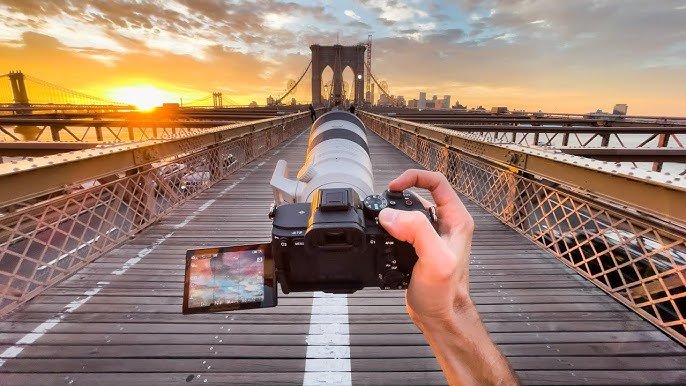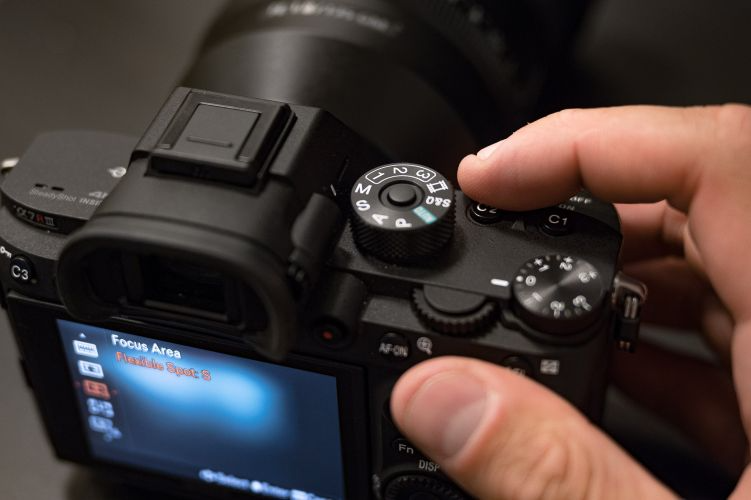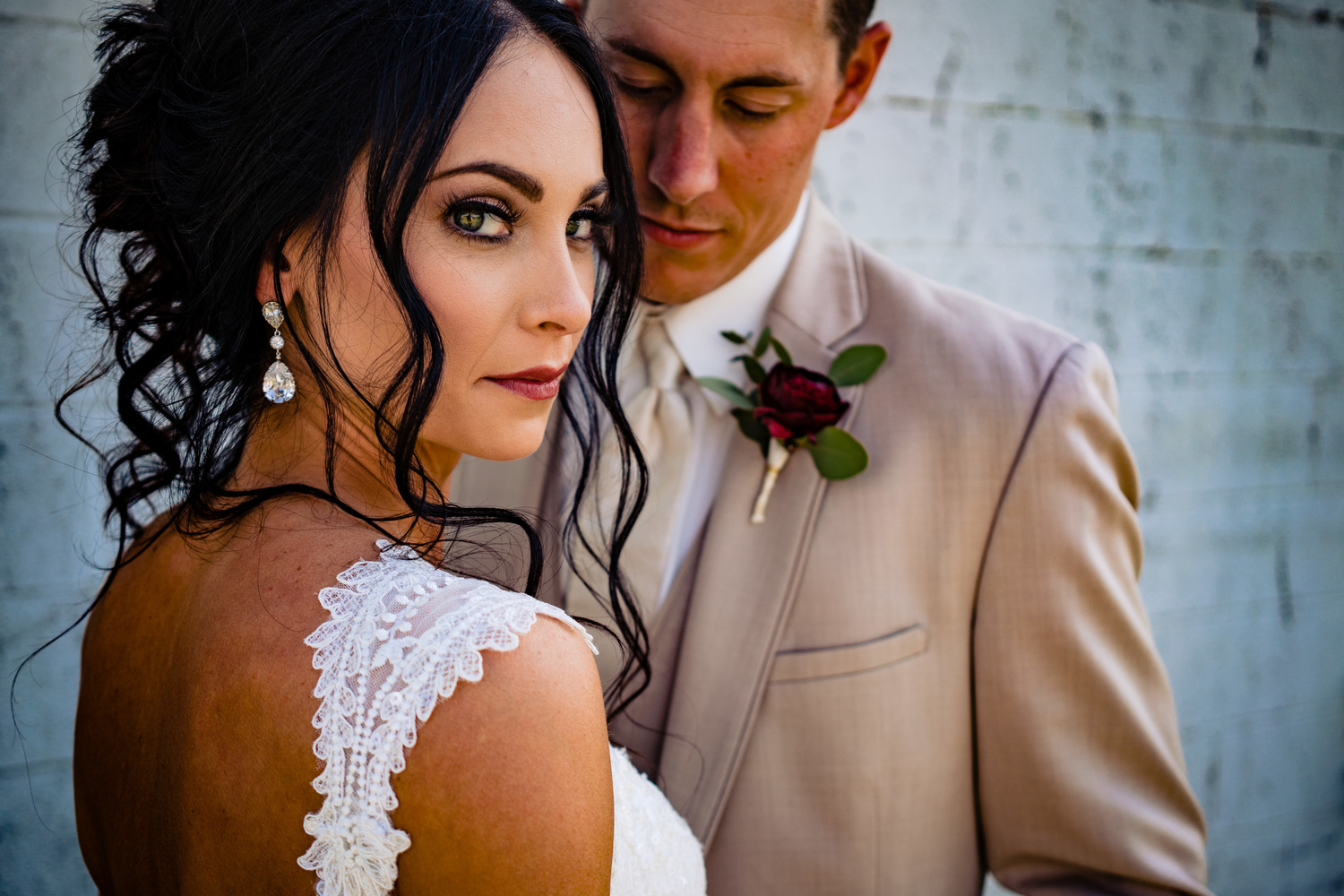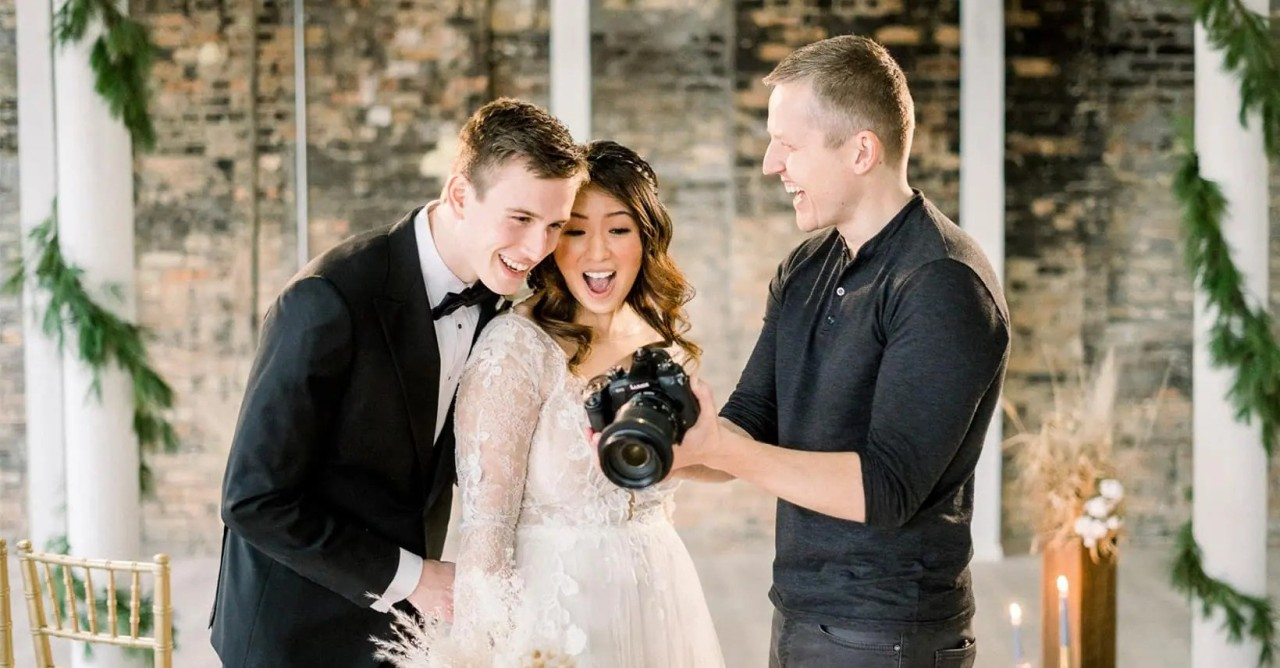How to shoot a wedding with a Sony A7III: Beginner’s tips


It is an important event that happens in the life of any couple. As a photographer, capturing these beautiful moments is both an honor and a challenge. Among the most highly preferred mirrorless cameras that are being used by professional and enthusiastic photographers are Sony A7III cameras. The image quality as obtained from this camera, along with fast autofocus and versatile performance, adds to making these cameras great in the hands of a wedding photographer.
But for the beginner, diving into wedding photography can be somewhat daunting. Not only is there the pressure of capturing timeless memories for couples, but you’ll also need to contend with different lighting conditions, fast-paced moments, and unexpected situations. Fear not! This guide will walk you through essential tips for photographing weddings with the Sony A7III, ensuring delivery of stunning results that will impress both you and your clients in awe.
You are only good to go, especially before shooting your first wedding event with your Sony A7III; therefore, learn its features and settings. Your camera should become best known for productivity at work for delivering the finest moments your device is truly capable of producing. Equipped with an extremely high-resolution full-frame sensor for sensational image reproduction performance at ultra-high sensitivity, an A7III allows capturing fast-moving objects in quick focusing.
The A7III has a 693-point phase-detection autofocus system. This will make it very reliable for tracking fast-moving subjects, which is quite important during the ceremony and reception.
The full-format 24.2 MP sensor produces gorgeous images with excellent dynamic range. Be it indoors or outdoors, the highlight and shadow handling of the camera will enable you to retain detail.
The A7III boasts a 10 fps burst rate, making it apt for shooting fast-moving moments such as the first dance, exchanging vows, or candid guest reactions.
The A7III’s dual card slots are perhaps one of its most important features for wedding photography. You can set it to record to both cards at the same time for added insurance against a card failure. Always backup your images to a second card!
Gear choice can make all the difference in wedding photography. As versatile as the A7III is, you have to complement it with the right lenses, flash, and accessories.
Lenses are probably the biggest investment any wedding photographer can make. A good lens will make all the difference in your photos, and the Sony A7III does support a wide range of lenses. Here are some top recommendations:
Equipped with a 24-70mm f/2.8, the ability to capture wide-angle shots and portraits are literally at one’s fingertips. With its constant aperture at f/2.8, it also suits low-light situations of most churches and reception halls.
A wide aperture prime, like f/1.8 or f/1.4, will definitely allow you to create beautiful background blur, best suited for a bride and groom portraits session or for portraits within the main ceremony. For instance, a 50 is perfect for general purposes while an 85 provides amazing compression for astounding close-up portraits.
This would be your go-to lens in case you needed to shoot bigger groups or even wide-angle views of the venue. This lens would come in very handy when capturing shots of the ceremony from afar and is good to shoot the wide landscapes for outdoor portraits.
This focal length is probably the most helpful that one may carry with themselves for clicking candid moments, even from a distance. Be it the first kiss or the moments during the ceremony, a telephoto lens will be able to let you shoot from a distance and not distract the subjects, but still give beautifully framed close-up shots.
Weddings have really unpredictable lighting, particularly at receptions. A good flash is crucial in overcoming low-light conditions.
Both of these are very good for portraits and general lighting. The A7III works seamlessly with Sony flashes, making the use and control of lighting pretty easy.
This gives you more creative control with your lighting setup. The flashes can have softboxes or umbrellas over them, or modifiers to soften the light and decrease harsh shadows of portraits.
These are super helpful if you shoot a lot of video or simply like having a set of always consistent lighting. You’ll use these to help grab those amazing reception moments once natural light is no longer there to help you.

The key to a successful wedding shoot is knowing when and how to adjust your camera settings. While the A7III offers numerous customizable settings, a few are essential for wedding photography.
In extremely low light, the Sony A7III really performs amazingly, from ISO 100 to 51,200 and expanding from 50 to 204,800. During a wedding, though, you are going to deal with many different kinds of light:
Outdoor, when there is plenty of good light, utilize a low ISO such as 100-400 to produce clean, noiseless images.
This would include a ceremony or reception; you can go up to ISO 800-3200 without underexposing your photos indoor shooting or even evening receptions. For the A7III, even high ISO shots are extremely noise-free, but you do want to try out the best settings for your camera.
For general wedding photography, try to aim for 1/200 to 1/250 seconds for your shutter speed so you freeze the motion, especially for fast-moving moments like the first dance or the couple exiting the ceremony.
For portrait or stationary shots, you can get away with a slower shutter speed, such as 1/100 or slower, when using a tripod.
A large aperture, which can range from f/1.4 to f/2.8, is excellent for detaching the subject with a very interesting bokeh or background blur. In portrait shoots, however, it is best for the bride and groom. If there is a group, the best should be between f/4 and f/5.6 so that everything stays in focus.
With the A7III, autofocus is great-that will be very important at a fast moving even like weddings. You can switch to continuous AF during a ceremony because it moves around with moving subjects. Use that when you want the autofocus to find another subject to focus on or if another focus point acquires a subject. This is where Single AF, or AF-S is just perfect for still portraits or posed shots.
Everything from candlelight to overhead fluorescent lighting can fill a wedding venue. Set your white balance appropriately to make sure the colors of your images are not tainted.
Use Auto White Balance (AWB) if you’re unsure, but take the time to experiment with Custom White Balance settings for more control over the color temperature.

One of the couple’s wedding photography challenges is trying to ensure that you capture everything perfectly, which may be a high-pressure situation. Here’s how you can make sure that you get it all:
This is usually one of the most emotional parts of the day. As the couple sees each other for the first time, make sure to get their reactions from both the front and side. Shoot candids with a telephoto lens so that you don’t intrude.
Most of the formal moments happen during the ceremony. Make sure you’re well-positioned to capture both wide shots and close-ups of key moments such as the vows, kiss, and exchange of rings. The A7III’s fast autofocus and continuous shooting mode will help you capture every precious moment.
One of the most important things for wedding photography is surely portraits. When one shoots portraits, change composition styles: shoot wide-angle frames or full-body or tight portraits, plus other different composition styles; make use of natural light that you have wherever you are. You can actually make great use of this even when shooting wedding photography indoors. Introduce the artificial lighting where and when required.
Weddings are filled with laughter, dancing, and celebration. The reception will afford you plenty of time to shoot candids. Utilize a fast lens and high ISO to help you get clear images in low-light conditions.
Don’t also forget to shoot the little things that make a wedding special, such as the rings, flowers, decorations, candid moments among guests. Those shots provide an extra storytelling element to an overall album.
The last thing, after you have taken the photos, is editing them to their full potential. The A7III shoots high-quality RAW files that give plenty of flexibility when post-processing.
Make fine white balance adjustments needed to ensure these are the same for all frames.
Make the exposure and contrast pop in your images, without losing detail in highlights and shadows.
Noise reduction tools will reduce grain, especially in images shot at higher ISOs, and sharpen the details to make portraits and other images crisp.
Applying a preset or batch editing is time-saving, but each photo should maintain that personal and personalized feel with the couple’s style.
Always make a backup of your images after the wedding. You don’t want to lose precious moments because of an equipment failure. Back up your files using an external hard drive, cloud storage, or both as soon as possible.
The Sony A7III is quite a rewarding camera to shoot weddings with, considering its robust autofocus, an admirable sensor, and broad functionality. This will help create really beautiful and memorable images for the couple’s special day. Master your camera settings, gear, and nail those key techniques for stunning wedding photos that will last long in time. Remember, practice makes perfect. Just keep shooting, experimenting, and learning from each wedding, and soon you will find yourself confidently capturing the magic of every couple’s big day. Happy shooting!

